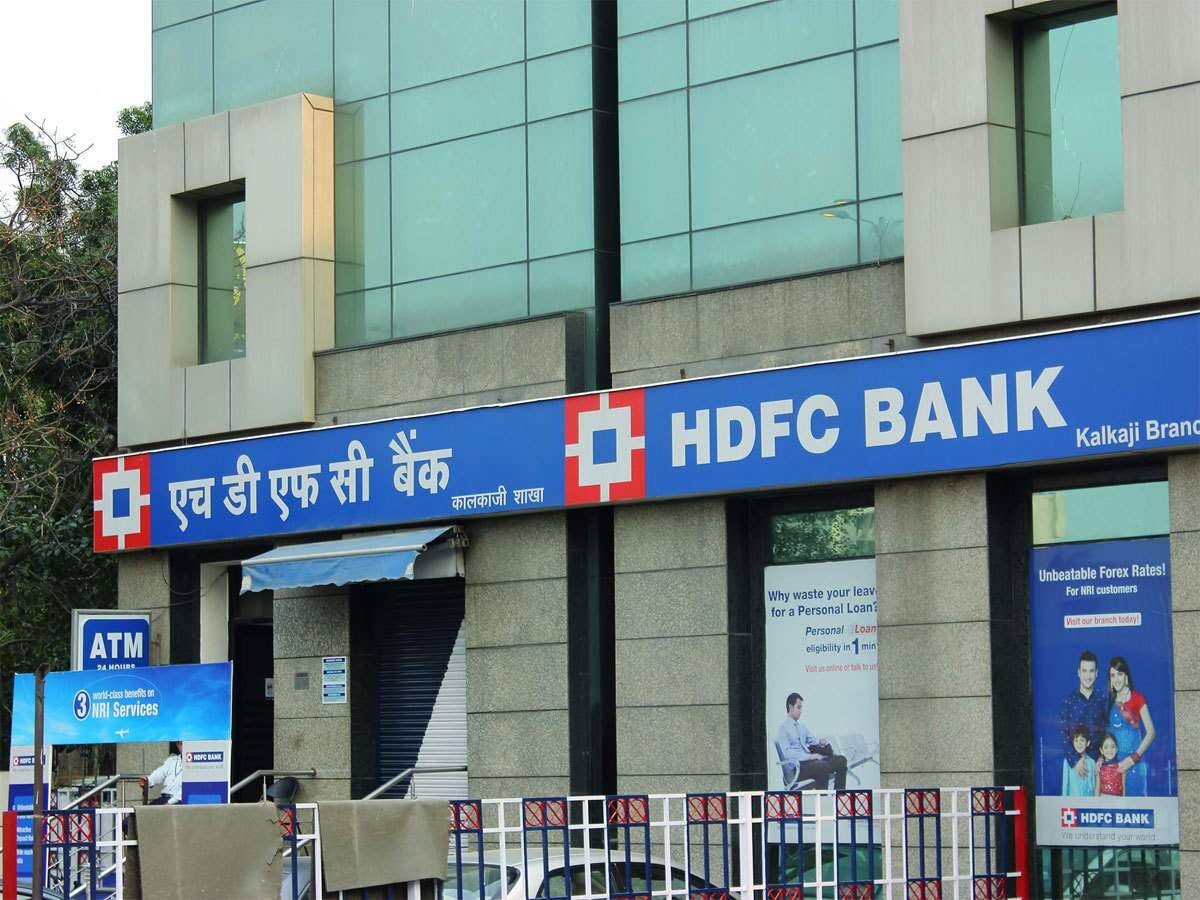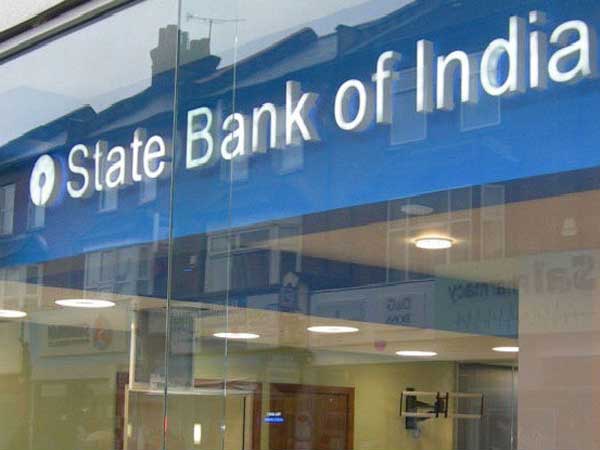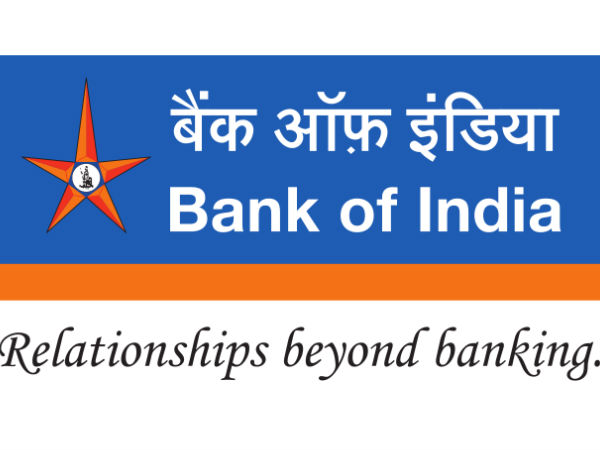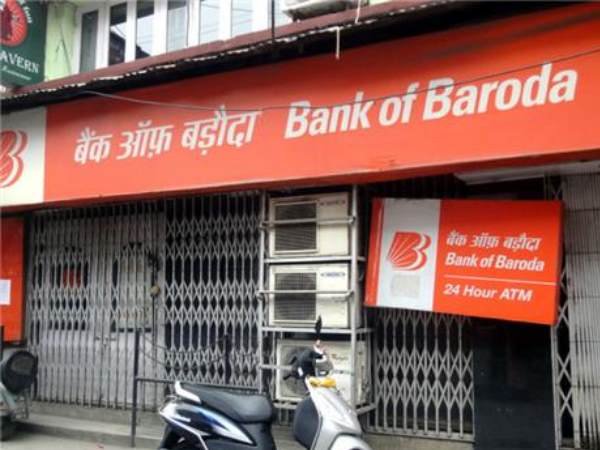Should You As A Senior Citizen Invest In Special FD Schemes Of Banks?
[ad_1]
Read More/Less
SBI Special Fixed Deposit Scheme
SBI “WeCare” Deposit scheme was launched by the largest commercial bank State Bank of India (SBI), in the last year against the falling interest rates of banks due to COVID-19. The SBI special FD scheme for the senior citizens would give interest rates that are 80 basis points (bps) higher than the rate provided to ordinary depositors. Starting January 9, 2021, SBI is giving a 5.40 percent FD interest rate on tenors of 5 years and above.
But under the special FD scheme, a senior citizen depositor would get an interest rate of 6.20 percent for a deposit amount of less than Rs 2 Cr respectively. “A special ” SBI Wecare” Deposit for Senior Citizens introduced in the Retail TD segment wherein an additional premium of 30 bps (over & above the existing 50 bps as detailed in the above table) will be paid to Senior Citizen’s on their retail TD for ‘5 Years and above’ tenor only. “SBI Wecare” deposit scheme stands extended till 30th September 2021, SBI has stated on its official website.
| Tenure | Interest Rates in % for Senior Citizens |
|---|---|
| 7 days to 45 days | 3.4 |
| 46 days to 179 days | 4.4 |
| 180 days to 210 days | 4.9 |
| 211 days to less than 1 year | 4.9 |
| 1 year to less than 2 year | 5.5 |
| 2 years to less than 3 years | 5.6 |
| 3 years to less than 5 years | 5.8 |
| 5 years and up to 10 years | 6.2 |
| Source: SBI |

HDFC Senior Citizen Care Scheme
For senior citizens, HDFC Bank provides a special FD scheme named HDFC Senior Citizen Care. On these special deposits, HDFC Bank offers a higher interest rate of 75 basis points. As a result, older persons will benefit from a 6.25 percent return on their HDFC Bank Senior Citizen Care FD for a deposit amount of less than Rs 2 Cr.
On its official website, HDFC Bank has stated that “An Additional Premium of 0.25% (over and above the existing premium of 0.50%) shall be given to Senior Citizens who wish to book the Fixed Deposit less than 5 crores for a tenure of 5 (five) years One Day to 10 Years, during special deposit offer commencing from 18th May’20 to 30th Sep’21.”
| Tenure | Interest Rates in % for Senior Citizens |
|---|---|
| 7 – 14 days | 3.00% |
| 15 – 29 days | 3.00% |
| 30 – 45 days | 3.50% |
| 46 – 60 days | 3.50% |
| 61 – 90 days | 3.50% |
| 91 days – 6 months | 4.00% |
| 6 months 1 day – 9 months | 4.90% |
| 9 months 1 day | 4.90% |
| 1 Year | 5.40% |
| 1 year 1 day – 2 years | 5.40% |
| 2 years 1 day – 3 years | 5.65% |
| 3 year 1 day- 5 years | 5.80% |
| 5 years 1 day – 10 years | 6.25% |
| Source: HDFC Bank |

ICICI Bank Golden Years Fixed Deposit
In comparison to regular depositors, ICICI Bank offers elderly persons 80 basis points higher FD interest rates under its special FD scheme. Under the ICICI Bank Golden Years FD scheme, a senior citizen would receive 6.30 percent FD returns if he or she invests with a deposit amount of Rs 2 Cr for a period of five years or more.
On its official website, the bank has stated that “Customers who are resident senior citizens will earn an additional interest on their fixed deposits, at the rate of 0.30% over and above the existing additional rate of 0.50% per annum, for a limited period.” This scheme is applicable from May 20, 2020 to October 7, 2021, according to the bank.
| Tenure | Interest Rates in % for Senior Citizens |
|---|---|
| 7 days to 14 days | 3.00% |
| 15 days to 29 days | 3.00% |
| 30 days to 45 days | 3.50% |
| 46 days to 60 days | 3.50% |
| 61 days to 90 days | 3.50% |
| 91 days to 120 days | 4.00% |
| 121 days to 150 days | 4.00% |
| 151 days to 184 days | 4.00% |
| 185 days to 210 days | 4.90% |
| 211 days to 270 days | 4.90% |
| 271 days to 289 days | 4.90% |
| 290 days to less than 1 year | 4.90% |
| 1 year to 389 days | 5.40% |
| 390 days to | 5.40% |
| 18 months to 2 years | 5.50% |
| 2 years 1 day to 3 years | 5.65% |
| 3 years 1 day to 5 years | 5.85% |
| 5 years 1 day to 10 years | 6.30% |
| 5 Years (80C FD) | 5.85% |
| Source: ICICI Bank |

Bank of Baroda Special FD Scheme
Under its senior citizens’ FD scheme, Bank of Baroda is giving 100 basis points. For a deposit amount of less than Rs 2 Cr and for a tenure of 5 years and more, the bank is providing an interest rate of 6.25 percent to the senior citizens under the special term deposit scheme for a deposit amount of less than Rs 2 Cr.
On its official website, the bank has clearly stated that “In the current challenging situation brought by COVID-19, Bank has agreed to continue to pay additional rate to Resident Senior Citizen for less than RS.2.00 Crores as under: 0.50% for all tenors up to 5 years and 1.00% for “Above 5 years to up to 10 years” tenor and valid till 30.09.2021.”
| Tenure | Interest Rates in % for Senior Citizens |
|---|---|
| 7 days to 14 days | 3.3 |
| 15 days to 45 days | 3.3 |
| 46 days to 90 days | 4.2 |
| 91 days to 180 days | 4.2 |
| 181 days to 270 days | 4.8 |
| 271 days & above and less than 1 year | 4.9 |
| 1 year | 5.4 |
| Above 1 year to 400 days | 5.5 |
| Above 400 days and up to 2 Years | 5.5 |
| Above 2 Years and up to 3 Years | 5.6 |
| Above 3 Years and up to 5 Years | 5.75 |
| Above 5 Years and up to 10 Years | 6.25 |
| Source: Bank of Baroda |

Should you invest?
The above-mentioned leading banks are undoubtedly providing decent interest rates to senior citizens amid the current low-interest-rate regime. ICICI Bank presently offers the best interest rate of 6.30 percent to elderly persons under the Special FD Scheme. But if we compare the interest rates of special FD schemes with that of small finance banks, then we can discover that they are much lower.
For instance, Jana Small Finance Bank, and Ujjivan Small Finance Bank currently promise an interest rate of 7.25% for a deposit period of 5 years to senior citizens. Senior citizen depositors can invest in fixed deposit schemes of these banks as a substitute for above discussed special FD schemes. By doing this they will not only get higher returns but also their deposits will be insured up to Rs 5 lakhs by DICGC. On the other hand, they can also invest in NPS, Senior Citizen Savings Scheme, Pradhan Mantri Vaya Vandana Yojana (PMVVY), Recurring Deposits, Post Office Monthly Income Scheme for higher returns.
By taking the risk factor of senior citizens in mind, they can also invest in some mutual fund schemes for long-term gains. For an investment period of 5 years or more, they can also invest through SIP mode in best-performing debt mutual funds, fixed income securities, and equity mutual funds for inflation-beating or adjusted returns.
[ad_2]



















